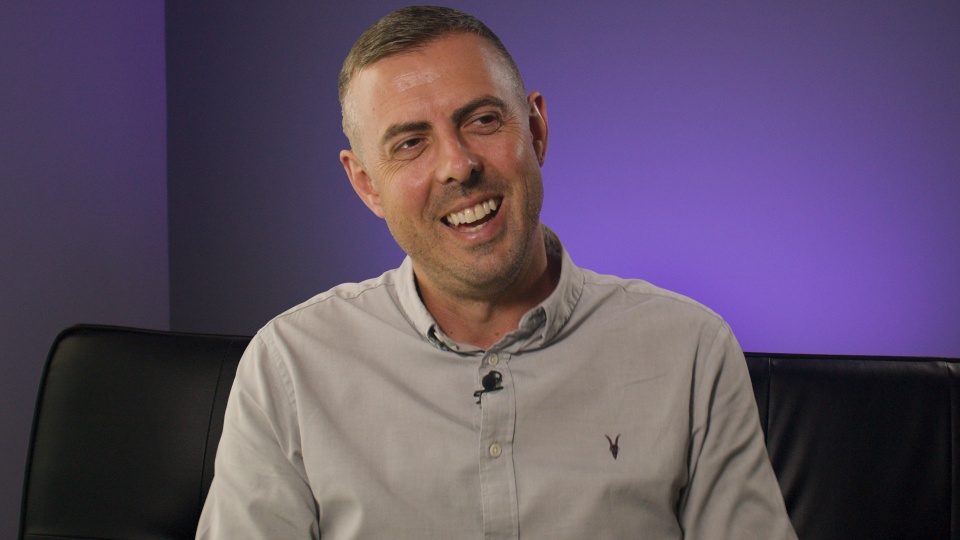Why direct investment is a better option
by Dale Gillham
Since the introduction of compulsory superannuation in Australia in 1992 there has been a significant surge in managed fund investments.
However, with the downturn in the market in recent years many Australians are now questioning the value of this traditional form of investing given that investors continue to pay up to 2 per cent in annual fees to invest in funds that return less than 8 per cent per annum over any 10-year period.
Regardless of the investment, an investor needs to achieve a return greater than inflation after accounting for costs and taxation to maintain a profitable investment.
For example, if inflation is running at 2 per cent, an investor in the 30 per cent tax bracket needs to achieve a return of 2.86 per cent just to break even.
If we then consider the effect of an average annual management fee on the investment of around 2 per cent, it needs to rise a further 2.1 per cent to break even.
Therefore, anyone in the 30 per cent tax bracket needs to achieve a return of around 5 per cent after inflation, taxation and costs to achieve a profitable return on their investment. Obviously the higher the tax bracket the higher the return.
Despite the strong bull-market following the low in March 2003 through to 2007, managed funds were reporting average annual returns of around 8 per cent over the preceding 10 year period.
And with inflation running at around 3 per cent during that time, anyone who invested in managed funds would have achieved minimal growth.
Had you invested directly in the top ten stocks on the Australian share market, however, your returns would have surpassed the average managed fund return by a significant margin.
This is because the Australian share market returns around 12 per cent per annum over any 10-year period, which is around 60 per cent better than the average managed fund.
Supposedly, a major selling point of managed funds is the ability to diversify across other asset classes such as cash and bonds.
But while an investment in cash and/or bonds is ‘safe’, it usually implies a non-growth investment after taking into account taxation and inflation.
As we know, interest rates have remained relatively low over the past decade and with the sub-prime mortgage meltdown in recent years, rates are at the lowest they have been in 30 years.
In many cases, however, the dividend income from owning good shares far out strips the return of having money invested in cash.
The major banks are currently paying around four percent to place your money in a fixed term deposit, which means after tax, your investment is simply treading water.
But if you owned shares directly in one of the big four banks, you would receive a dividend of around 6 per cent fully franked (tax paid), which is equivalent to around 8 per cent gross.
The view that investing directly in the share market is complex and mysterious, and best left to those profoundly wise and experienced mortals who know what they are doing is a fallacy perpetuated in part by those in the industry who stand to gain from the investor’s anxiety and ignorance.
This is often perpetuated by the common mantras of ‘buy and hold’ or ‘it is time in the market that yields returns’.
However, because of the ease with which investors can now obtain information about how markets work, many investors are beginning to question these clichés.
They are also questioning the more conventional wisdom of over-diversification, which is common in managed funds, preferring instead to invest in concentrated portfolios.
Many investors are also considering whether the managed fund industry is adding value to their investments over and above what they could do themselves, and rightly so given many have watched their funds fall between 30 and 70 per cent over the past two years.
Most investors just want to achieve a good safe return on their investment and a no-holds-barred approach to doing so, which is why many are taking a more active role in their own wealth creation strategies, and investing directly.
Indeed, the choices and benefits of investing directly that are available to the smaller investor far outweigh the lower returns offered by managed funds.
Particularly given that the small investor has more flexibility to move smaller amounts of equity between stocks and to only be in the share market when it is rising, which has been a distinct advantage over the past two years.
In fact it is the flexibility to move funds around swiftly that provides the small investor with a distinct advantage over the managed funds simply because an investor can exit a volatile market very quickly and therefore reduce the risk on a portfolio.
In turn the small investor has a greater opportunity to increase their returns after tax in comparison to a managed fund. Most investors who choose to go down this path actually find it is much easier than they think.
In my bestselling book ‘How to Beat the Managed Funds by 20%’ I show the small investor how to construct a portfolio and how to implement simple strategies to achieve safe, profitable returns.
The book demonstrates that by simply investing in the top 20 stocks on the Australian market, investors could have achieved an annual compounded return of around 20.03 per cent over the ten year period from January 1997 to January 2007, which includes the severe downturn in the market during 2002.
By introducing you to some simple yet effective low risk strategies you will discover that you can invest directly in the share market and achieve very rewarding returns.
To learn how you can confidently and profitably trade the stock market click here.
Back to Articles
